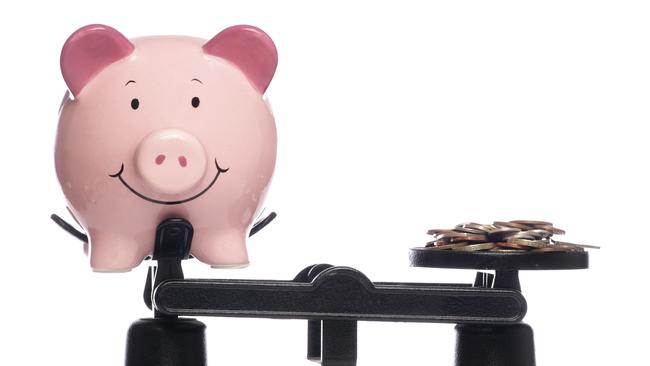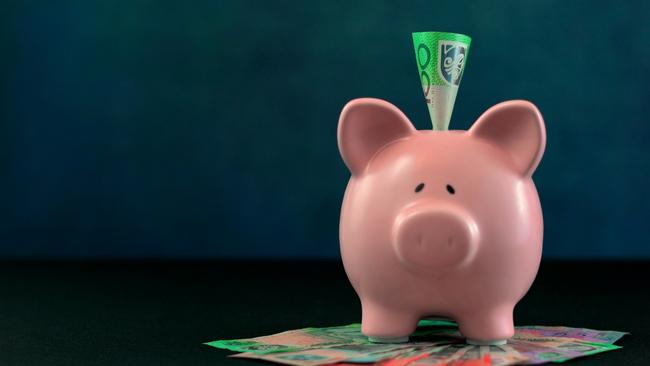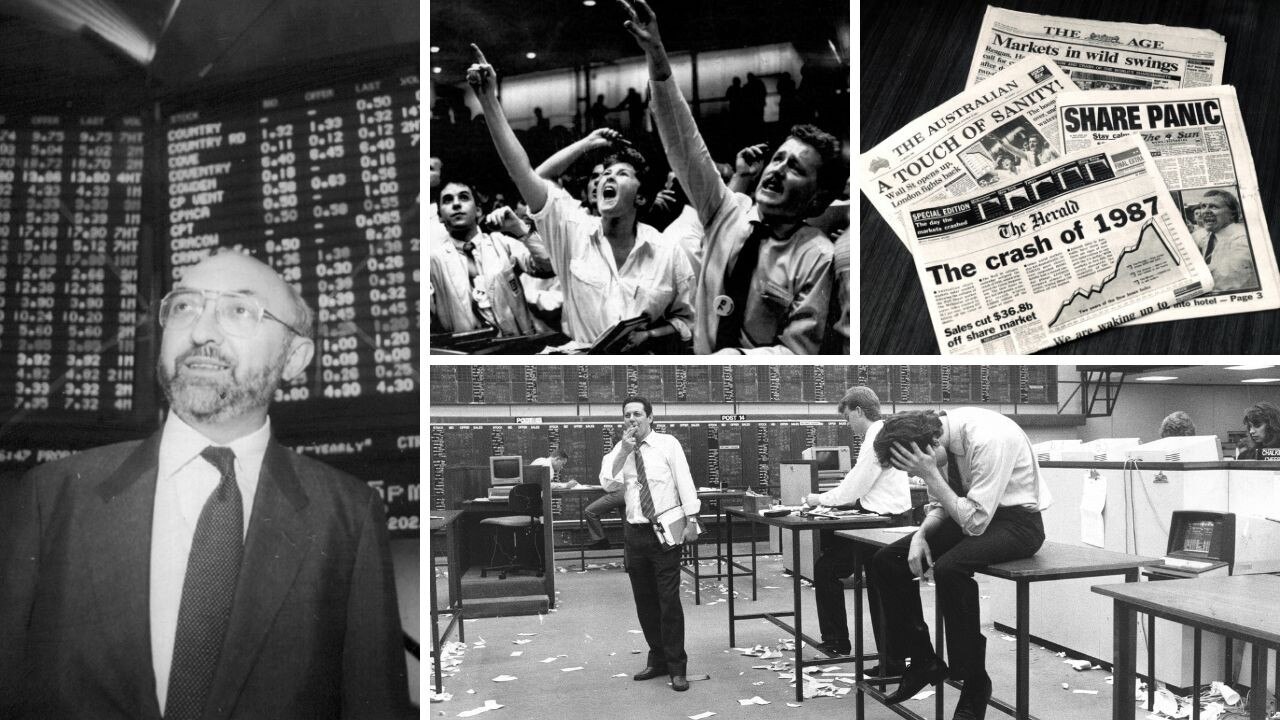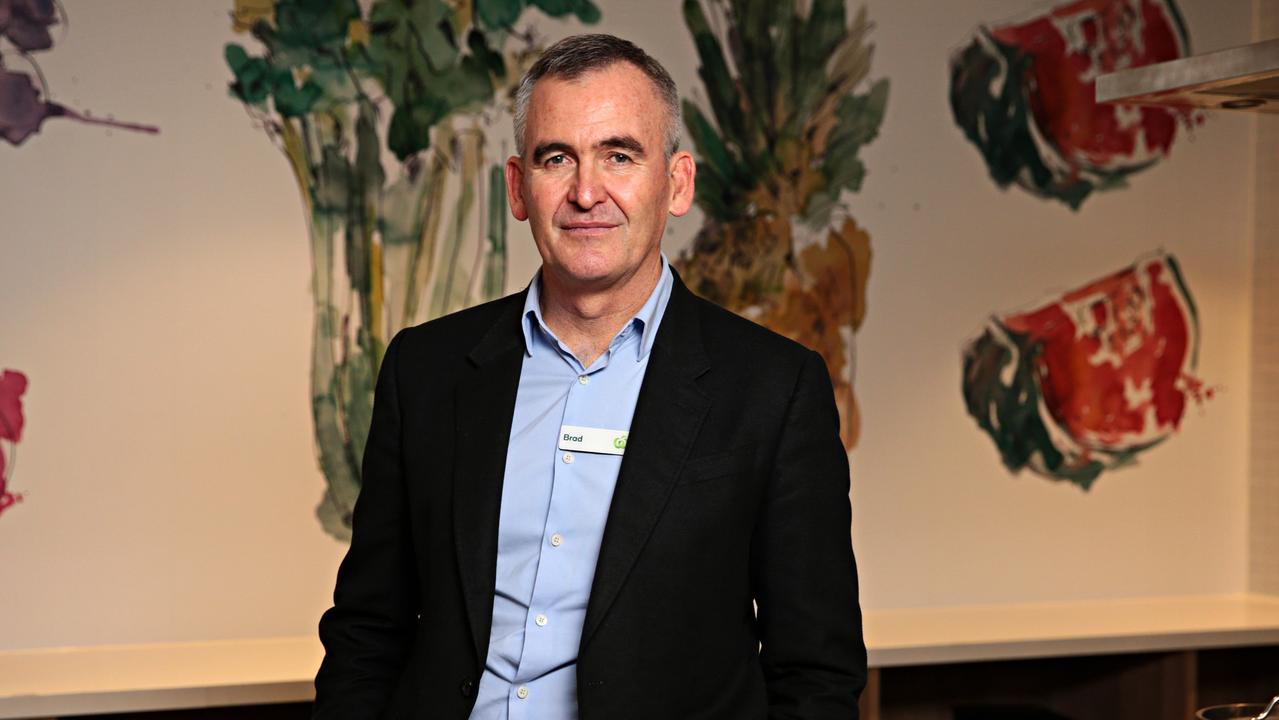Fall in household savings shows we are nearing key pivot point
The best pointer to what lies ahead for the economy through 2023 and into 2024 is not the latest GDP figures but the continued fall in household savings.

Terry McCrann
Don't miss out on the headlines from Terry McCrann. Followed categories will be added to My News.
The most critically significant number in the GDP statistics – the best pointer to what lies ahead through 2023 and into 2024 – was not the actual number for the growth in the economy, but the continued fall in household savings.
The household savings ratio – how much of income households saved – fell to its (equal) lowest rate since before the pandemic, back in 2017; and indeed to a low level not seen since before the GFC in the mid-2000s.
Just as Covid sent household savings soaring – interest rates and home loan repayments plunged of course, and through the lockdowns there just wasn’t much to spend money on.
Further, just as with the GFC, people got seriously cautious and moved to sock away more money anyway.
As we came out of the lockdowns, people were able to – like domestic and overseas travel – and were happy to, spend again.
The savings ratio went on a continuous plunge from June 2020 and all the way through 2021 and 2022, except for a temporary kick-up again with those last lockdowns in Victoria and NSW.

Through 2022 those rising home loan repayments also started to bite.
But as the ABS noted, it wasn’t all one-way with interest rates.
People don’t only have home loans, they also have bank deposits.
Across the household sector, through to December, interest received on deposits actually rose faster than what was being paid on home loans - 25 per cent versus 23 per cent.
But then deposit income was mostly coming up from zero, whereas home loan interest payments were rising from ‘near but not quite’ zero.
So, as we entered 2023, the household savings ratio was nearing zero – down to 4.5 per cent.
At zero, it would mean money into households (wages, interest, rental income and so on) equalled money going out – on consumption, on interest payments, on all expenses.
That would also mean households could then only maintain spending – especially if rates kept rising as they have done so far in 2023 and will continue for at least the next few months – if people were prepared to borrow (and pay even more interest) to spend.
Unless of course again, they were able to get bigger pay rises.
In sum, the ratio nearing zero suggests we are close, very close to a critical pivot point – for what happens in the economy; and so what the RBA does with interest rates.
Does consumption – the biggest driver of the economy – slow so much that overall growth goes negative?
Or do wages pick up faster than they have done so far, to sustain consumption?
How this plays out through mid-year could pose a fundamental but nasty choice for the RBA – and some nasty pain indeed for the rest of us, and most especially for recent home-buyers.
Put simply, would the RBA have to keep hiking even into a – seriously? – slowing economy. Or would it take a very risky chance on rate rises so far (and whatever it does over the next 2-3 months) eventually working to slow the economy without too much brutality.
That’s what Governor Lowe is aiming at – his “narrow path”. Taking (at least) two years to get inflation down to 3 per cent, and the jobless rate slowly rising from 3.5 per cent to (only, hopefully) 4.4 per cent.
There’s a bit – a lot – of ‘the boiling frog’ in that pathway. It crucially relies on wages not accelerating to catch inflation and the economy not slowing too sharply because of those rising rates and wages not catching inflation.
It also relies on China, continuing to pour money into our economy.
As is its way, the RBA slipped out its latest data on – still, very high - commodity prices Wednesday. They are also at a critical pivot point.




